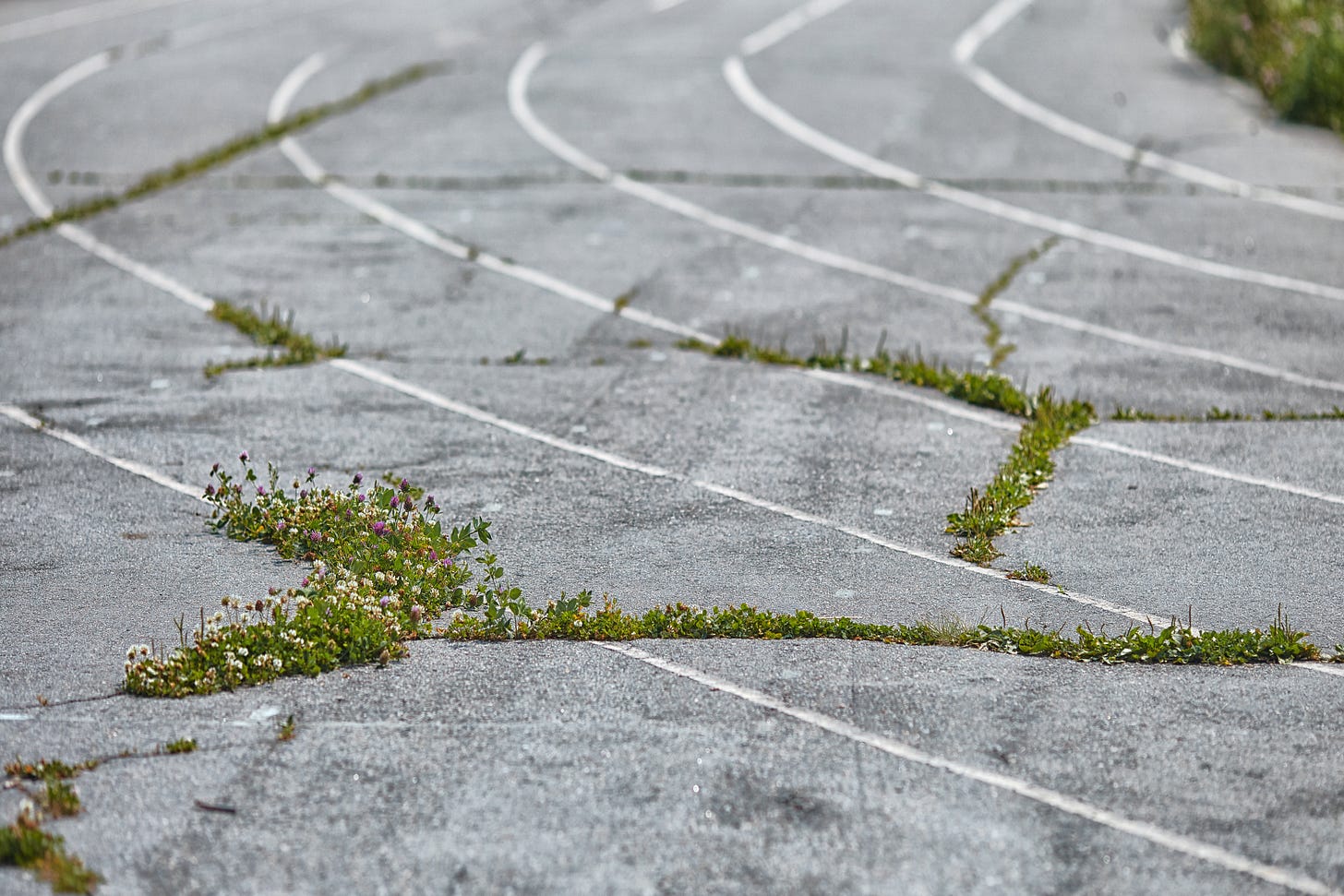I will never run again
A story about hating exercise, then loving exercise, and what comes in between.
When I was a kid I looked down at my feet with every step. I’d nearly slam headlong into walls as my teachers hissed at me to look up; I’d zoom through rooms then come to a hard, stomping stop, watching the blinking lights at my heels. My parents had bought me dweeby light-up shoes that flashed only when the entire soles hit the …
Keep reading with a 7-day free trial
Subscribe to Body Type to keep reading this post and get 7 days of free access to the full post archives.



